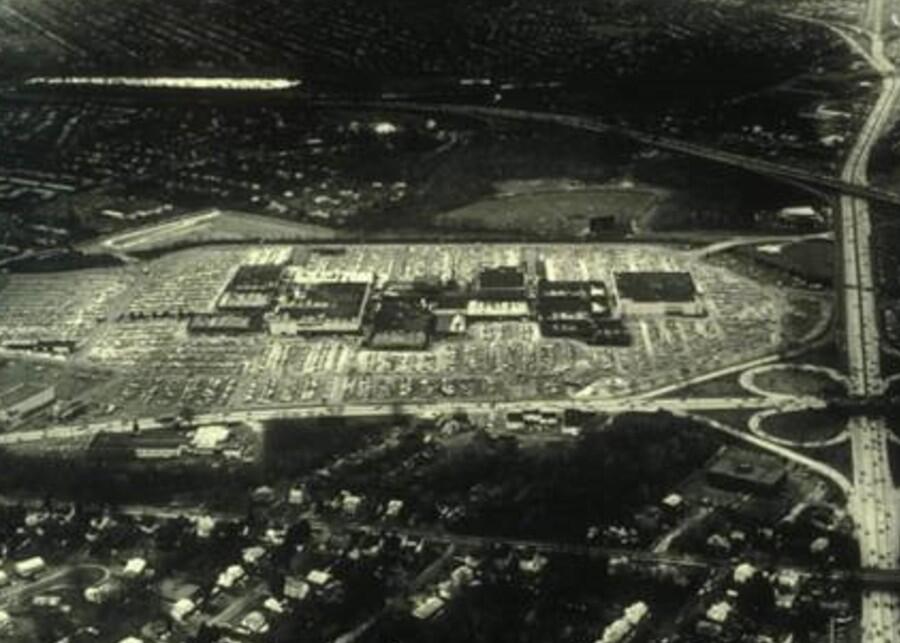
Harvard College
Course Instructor: Lizabeth Cohen
How did a home in 1945 compare to one in 2000? Did the opening of shopping malls in the 1950s change people’s consumer habits? What made living in suburbs similar to and dissimilar from cities? How did various work and leisure settings alter people’s attitudes toward labor and play? In what ways was traveling by airplane from airports different from transit by train? The built and natural environments offer important clues to how American culture, politics, and social life have transformed since World War II. In this seminar we will examine closely the shifting character of the ordinary and extraordinary places and spaces of postwar America. We will explore typical environments like the neighborhood, school, factory, movie theater, bar, and office as well as more unusual sites like a prison and Disneyland. In every place they occupied, Americans have left an important record of their values, tastes, and priorities. In the diversity of their choices we can see both what unites Americans in a common culture and what keeps them apart, segregated in different physical—as well as social and political—worlds, often defined by race, class, and gender. In addition to our group investigations through readings, media, and discussion, students will undertake their own exploration of a place or space that has changed significantly over time.